A roadmap to learning React by practice
If you're just learning React, it can be overwhelming to figure out what to learn, in what order and what practice projects are too difficult for your skill level - or just right.
Here's my suggested learning path, with recommended projects for each stage.
Good luck! 🍀
Stage 1: The fundamentals
This is where you want to get accustomed with the basics of React:
- what components are, basics of JSX, how to render components inside other components
- what state is and how to use it
- basics of data fetching
- working with lists, keys
- basics of working with forms
The point is to get familiar with core React concepts if you haven't worked with React before.
Some great beginner projects to get you started are:

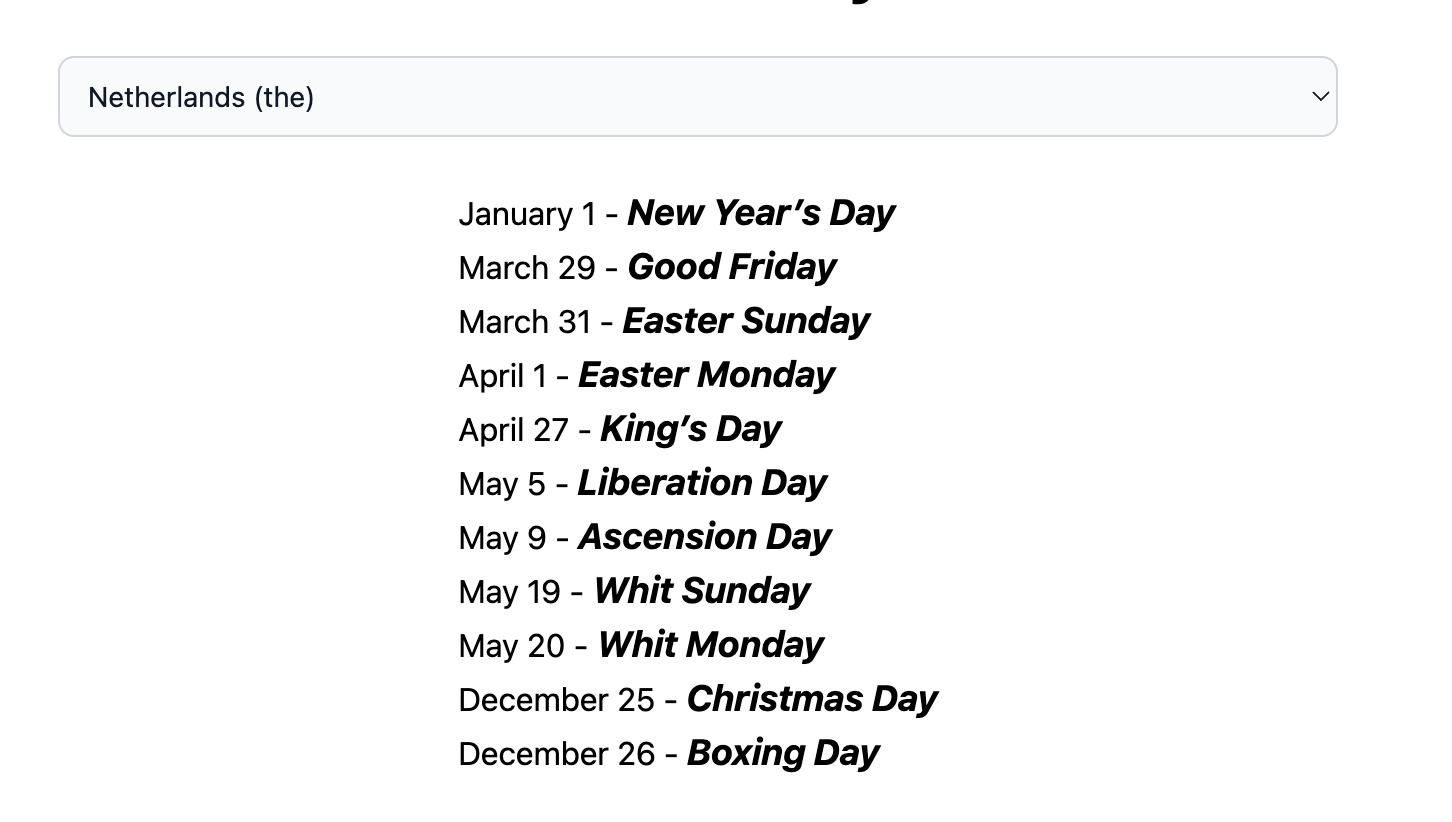
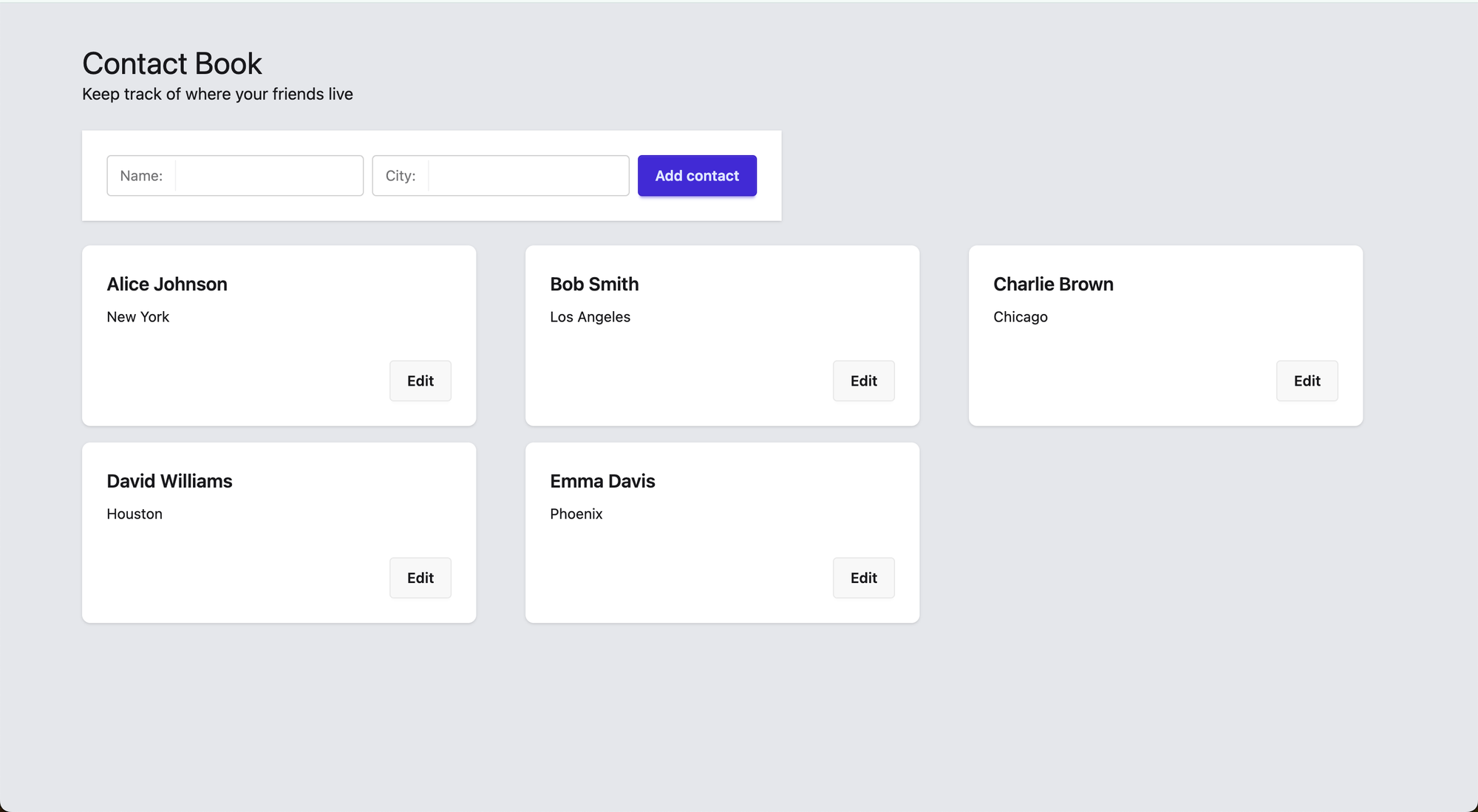
Stage 2: The nuances
This is where you start to get familiar with some of the "nuances" of the things you learned in the first stage:
- more complex UIs to break down into components, how to structure your state, lifting state up
- state updater function, closures in React
- working with the browser APIs: local storage, Observer API etc.
- useEffect for side effects
Some good challenges here would be:
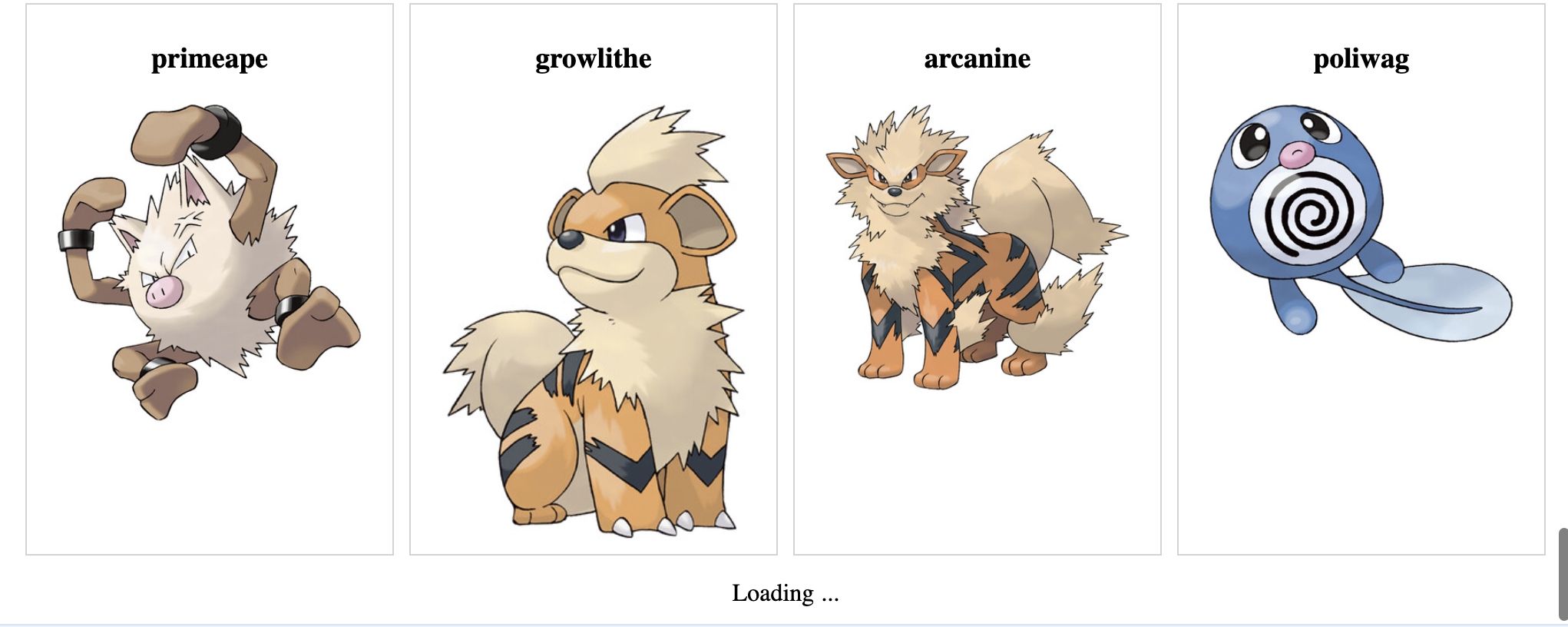


Stage 3: Real world beginner
This is where you'r ready to write professional React code, even as a beginner.
You no longer use just core React libraries to build things (as you did while learning), but instead you switch to production-ready libraries for data fetching, forms etc.
You can build simple CRUD apps connected to real APIs and follow good practices in the process.
Some concepts to pay attention to:
- Data fetching and CRUD with react-query (or similar libraries)
- Building multi page apps with routing
- Building complex real-world components - touch on useEffect edge cases, using intervals in React, custom hooks
Some nice challenges at this level would be:
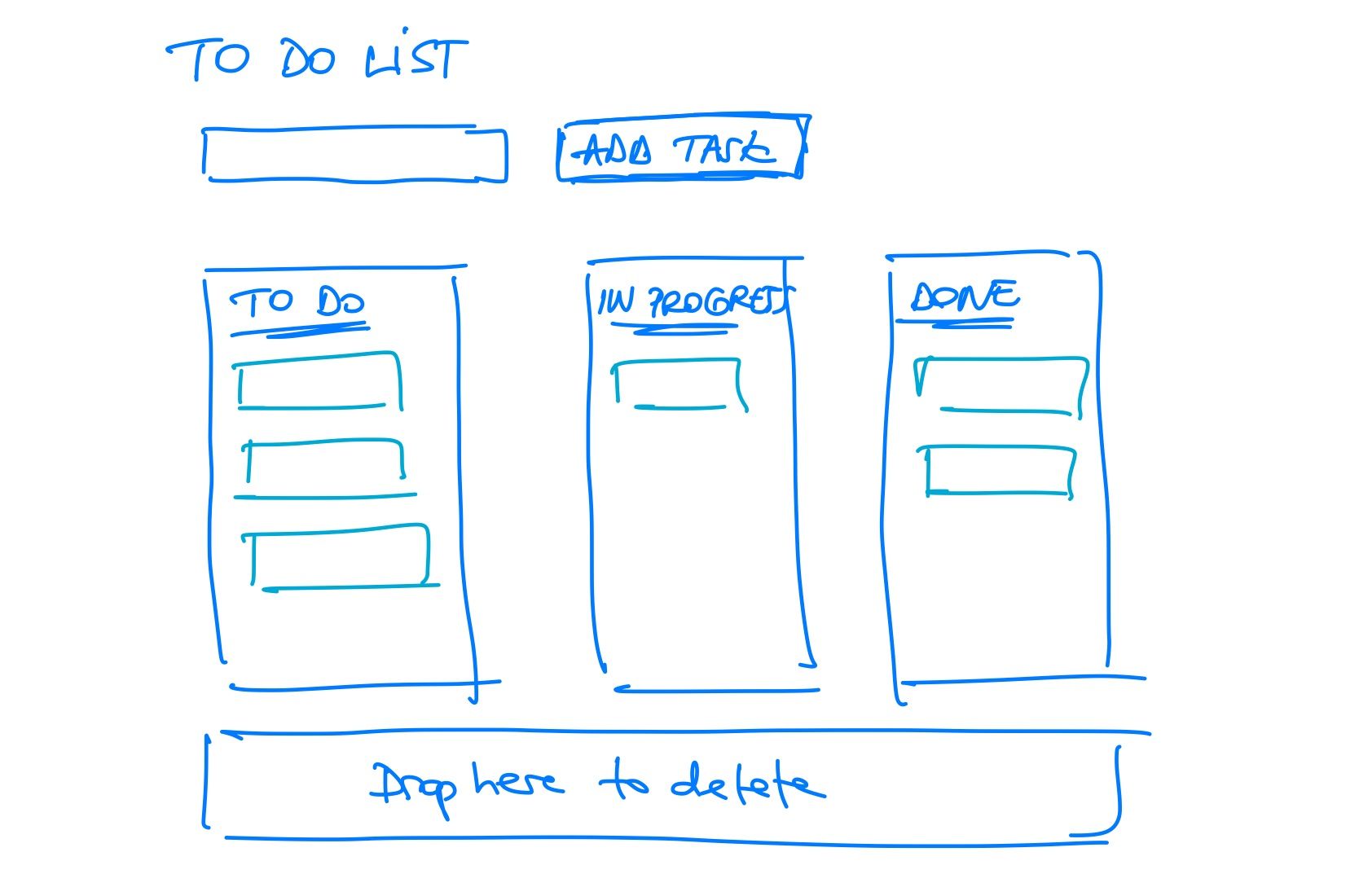
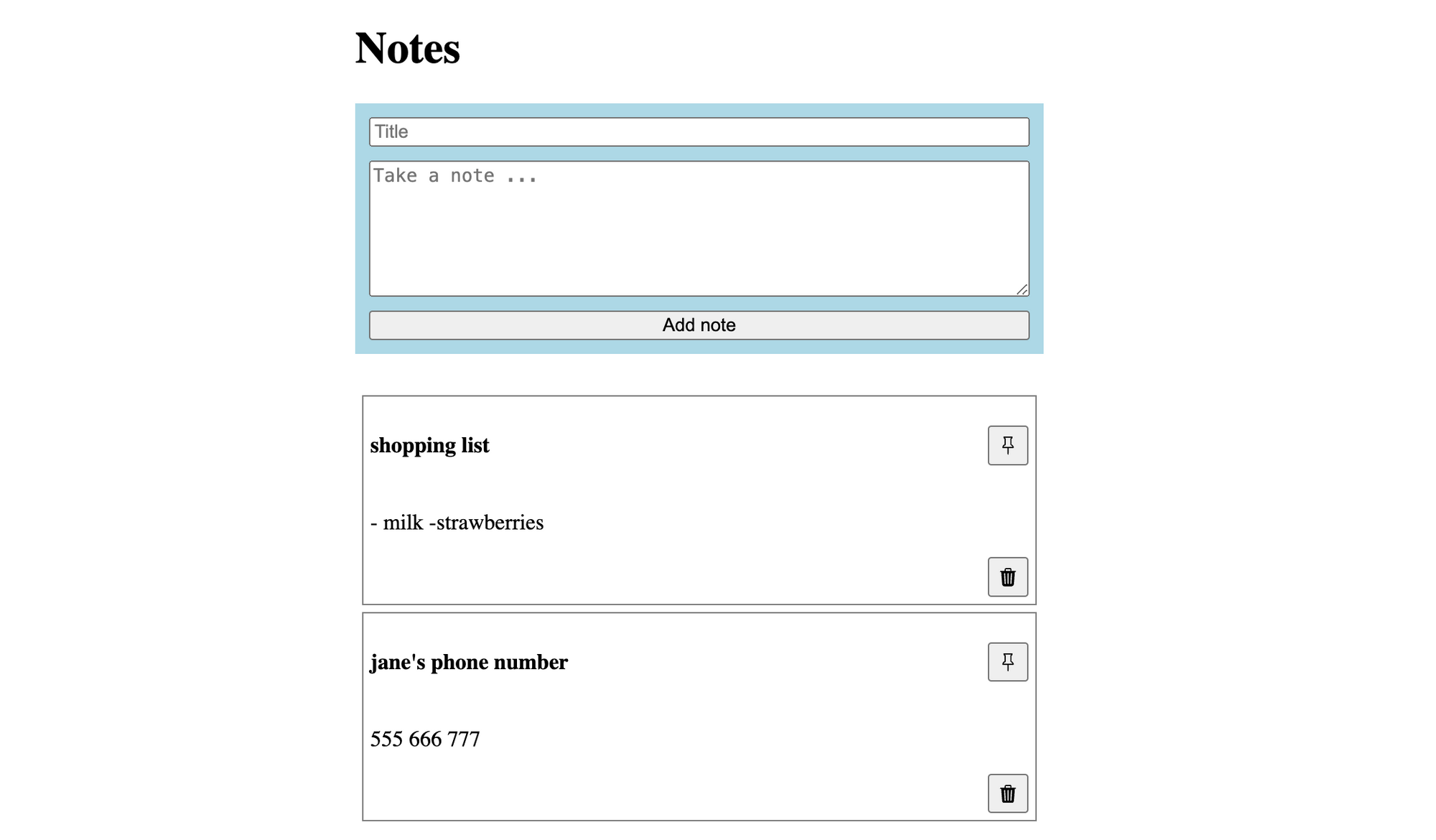
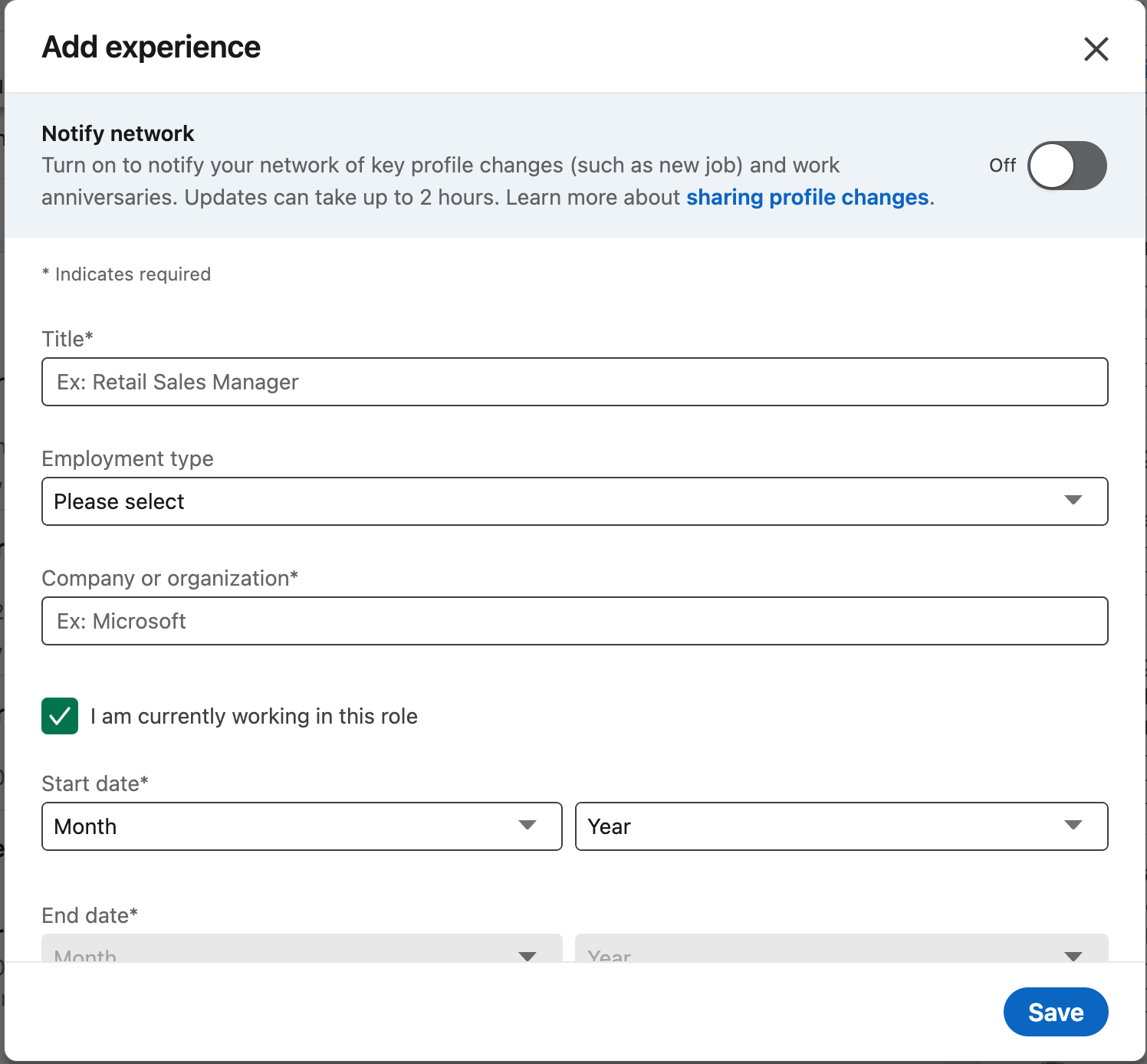
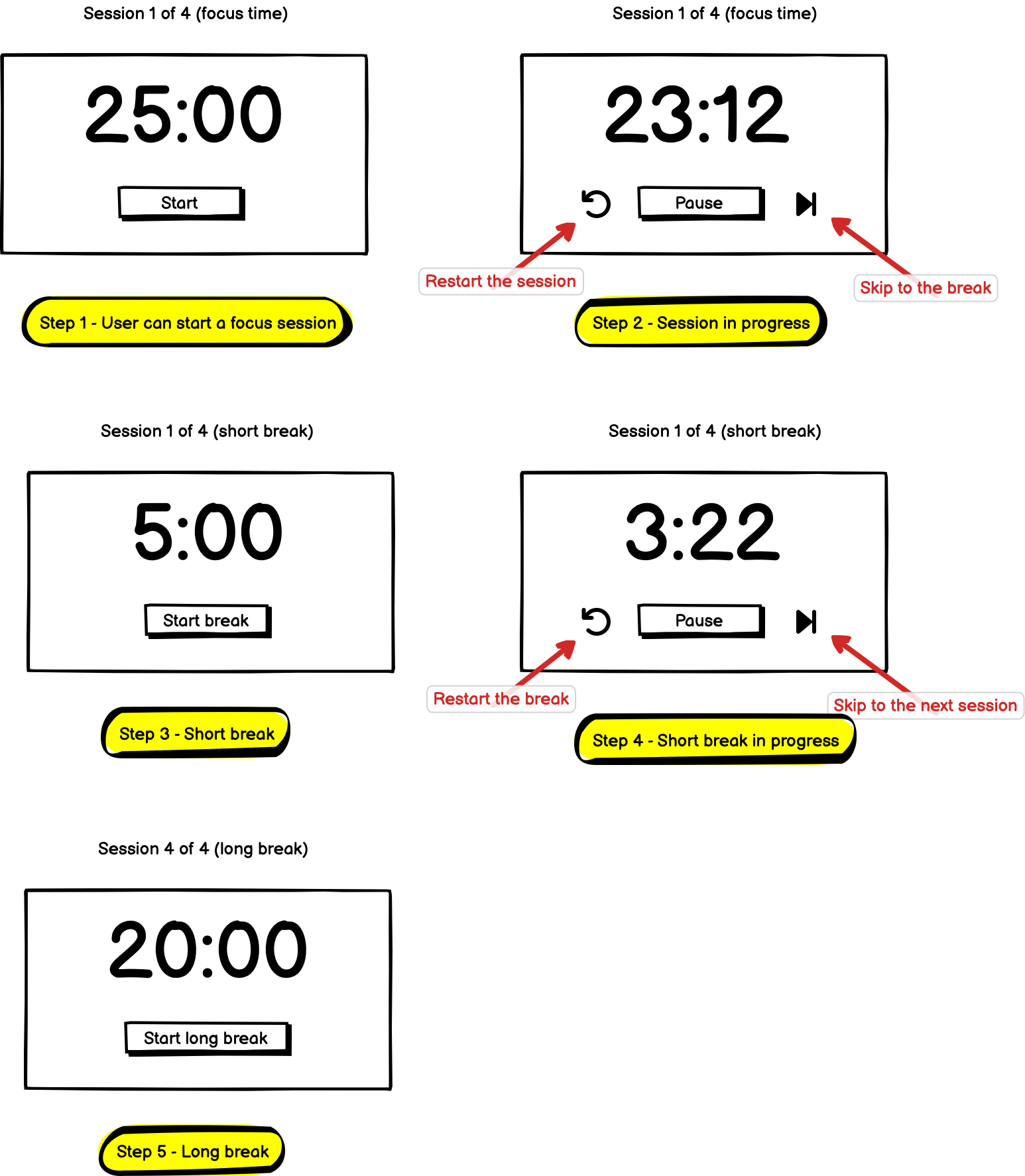
Stage 4: Learn on demand
Once you're here, you can just learn concepts as you need them. You have a foundation you can now start building upon, on demand.
Some topics you could consider diving deeper into are:
- React 19 features
- How to investigate performance problems with DevTools
- Advanced Context / how to avoid its pitfalls
- Using Redux RTK, Zustand or similar libraries
- NextJS, SSR
At this point, I can also highly recommend reading Nadia's Advanced React book - it explains in a very readable way how to think in React, why some things work the way they do and goes over common best practices and pitfalls to avoid.












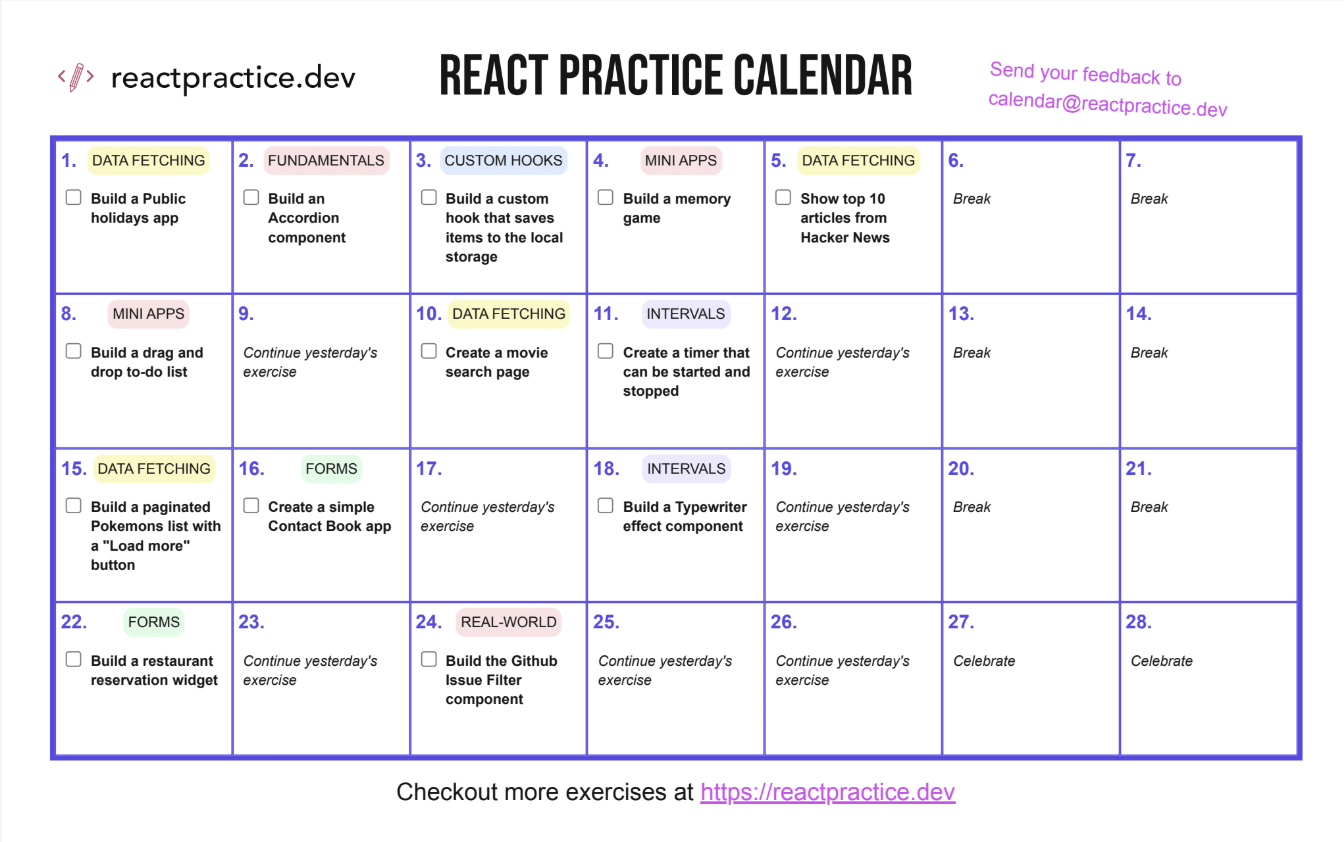
Member discussion